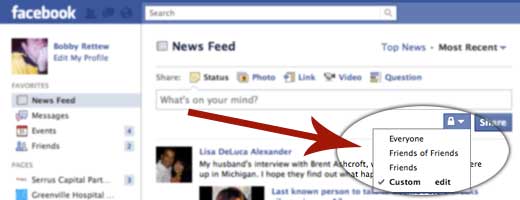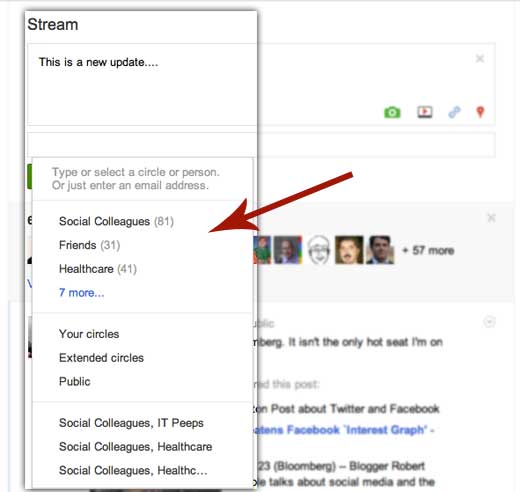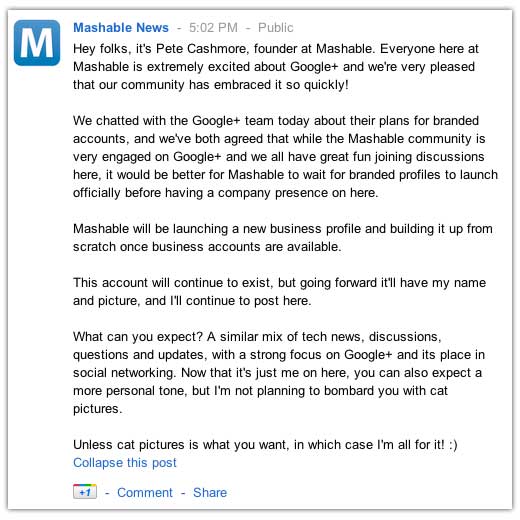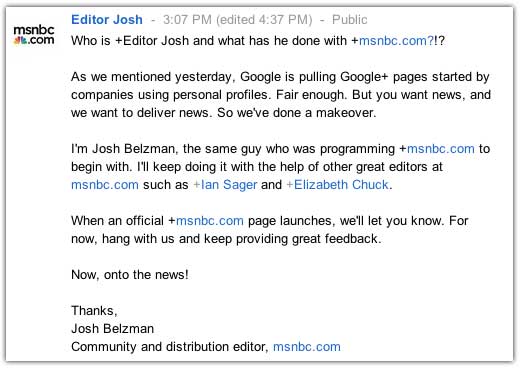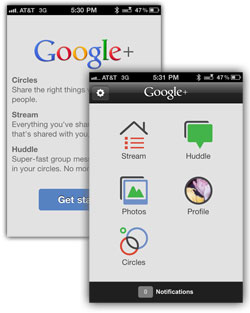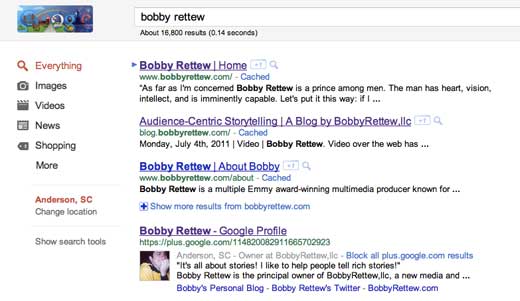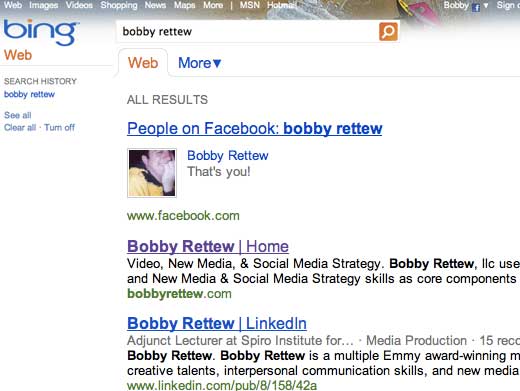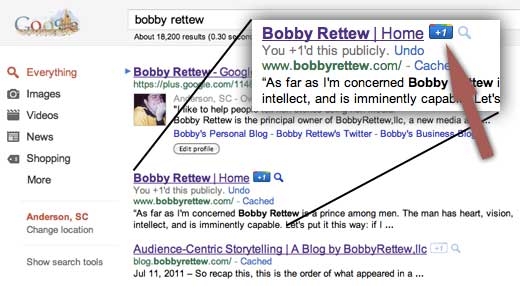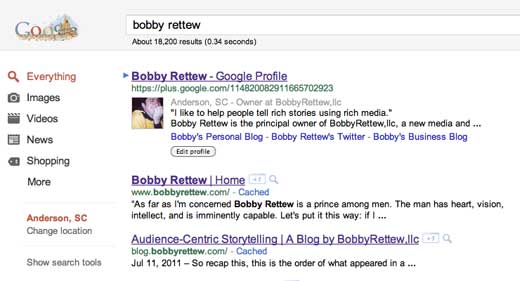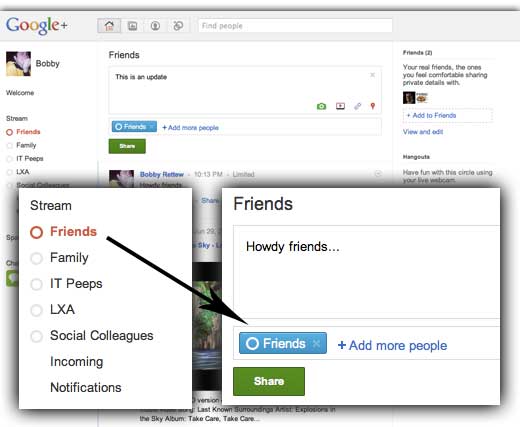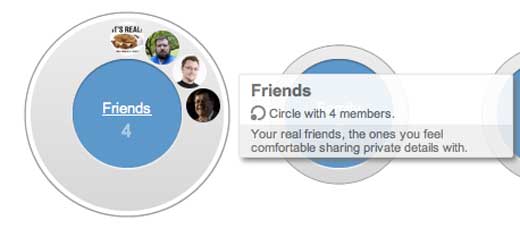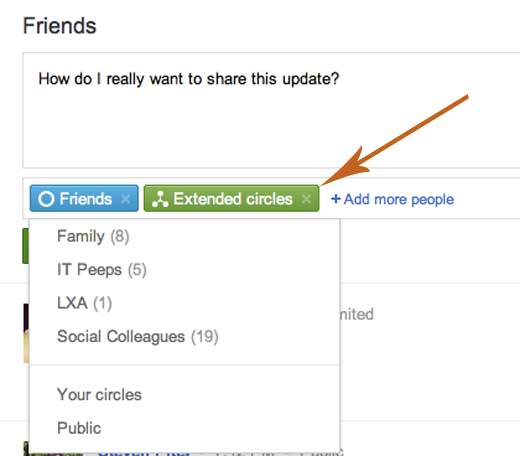Social media outlets of 2011 are just loosing the “socialness.” Twitter is turning into the AP Newswire for the consumer, Facebook is turning into free websites for businesses, and YouTube is turning into a barrage of content all competing for attention. Yes…48 hours of video are uploaded to YouTube every minute, resulting in nearly 8 years of content uploaded every day.
Google+ gave everyone hope that this new social outlet would provide a closer-nit experience…with less amplification and more connection. But people forgot about Google+ as fast as we ran to jump on board.
The friends I used to connect with via Twitter now do not respond to @replies and emails…so sometimes we connect…maybe?
So here is what I think…the people that drove the Social Media Revolution got jobs. Yes…those people that advocated this social space over two years ago were the same people looking for work and business opportunities. They now have a routine and it is not about connecting online.
More and more people are just broadcasting. Just pushing brand information through their personal social channels. Now we have individual faces that represent brands without the individual conversation the brand is hoping to utilize. Influencers…what is that in the social space. Maybe those who have large numbers of followers are not really influencing the right audiences online…just influencing people that really have no influence at all.
Just chalk much of this social experience to the infiltration of the marketing minds spamming consumers with too much information. For heavens sakes…we are having to re-think how we connect with our families online. Each time we log on to another outlet, we are tracked and recorded as marketing numbers…providing rich information about our purchasing practices. The digital divide is slowly “filling in” with those individuals marginalized based on access to technology now have access with faster connections over the telecom networks.
We are striving to find closed spaces that we can connect with friends, yet not share who/how/when we are connecting and building relationships.
The one thing that gives me hope is the world of blogging. It is still a place to share our thoughts and minds in a potentially low profile situation..even though it is a public space. It is a lot easier to manage an anonymous blog than an anonymous Facebook or Twitter account.
Another place that gives me hope are practices and communities created through hashtags on Twitter. This allows individuals to join a conversation surrounding a simple word/phrase instead of having to follow a particular brand or person. There is still levels of influence built into digital conversations similar to those using hashtag communities, but this movement is still growing.
Word of mouth is still king in the world of marketing and the world of print is starting to find value again. Maybe we will see a swing…not sure. Well, privacy settings are supporting these offline movements like traditional outlets and word-of-mouth. The leaders in the industry like Facebook are creating more and more privacy settings. What does that mean…people are demanding to be more and more private. The larger the audience…the more people can see your socialness…the more people want to protect their information.
We marketers are taking the social out of the media…and making it just another measurable outlet.

